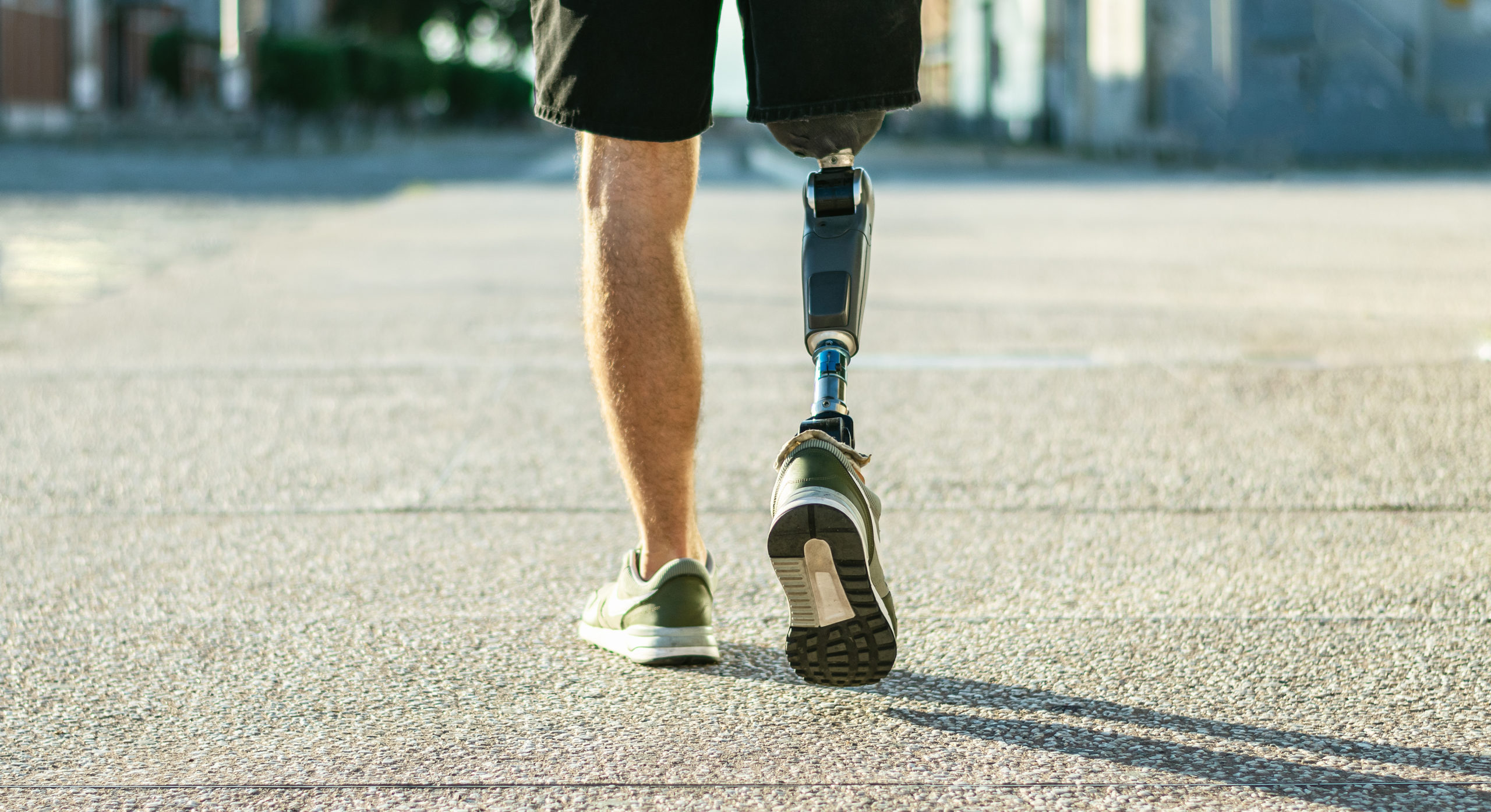Genetics and its possibilities
In recent years, with the discovery of CRISPR-Cas9, the world of genetics has been turned upside down.
It's easy to assume that, for example, national sports programs will want to use this kind of technology when it's better understood.Theoretically, any detectable genetic advantage could be inserted into another person's DNA.There are two options: to use this technology before conception with altered sperm and eggs, or by editing the genetics of an already living person.

Who knows if it will be possible to checkedited DNA just like athletes are now being tested for doping. However, some experts do not see this as a problem. In their opinion, DNA editing is not much different from the idea of state programs for breeding athletes. Chinese basketball prodigy Yao Ming (228.6 cm tall) was, according to one theory, the result of a program in which the Chinese government tracked and "encouraged alliances" between its tallest athletes for generations.
Do not forget about genetic sequencing and embryo selection, which will soon make it possible toParents using IVF should study the genetics of dozens, perhaps hundreds, of embryos before deciding which ones to implant.It's easy to imagine how people choose genes for height, fitness, and other factors that will giveChildren have a huge advantage in the world of sports and far beyond.

Perhaps at the 2056 Olympic Games, athletes will be divided into classes depending on thetheir geneticstatus(natural, chosen, or modified) to keep things as fair as possible.
Sensors and Augmented Reality
Real-time monitoring of nutrition, hormone, and other medical cues canBy the way, something similar is already happening.Coaches need to be able to monitor their athletes in terms of physiology, not just performance.For example, in team sports, this will help determine the ideal time for substitutions or preventive medical care.

Also glasses come in handy for an Olympic athlete.with augmented reality that predict the flight of an archer's arrow based on the current bow orientation and wind conditions. For the marathon runner, such technologies will provide a lot of information in real time about the pace and location of competitors.
Considering that modern sensors and augmented reality are increasingly integrated into our everyday life, it is possible that their permission for use at the Olympics will become possible.
Prosthetics and bionics
At the 2012 Olympics, sprinter Oscar Pistorius, who had an amputated limb, was allowed to compete with able-bodied athletes through the courts.After a fascinating legal battle , he was able to prove that the prosthetic did not endow him with superhuman abilities.It was assumed that the prosthesis stored and released more energy than a human limb.But Pistorius proved that his performance was still deteriorating due to fatigue, just like the competition.

The athlete was able to prove that his prosthetics were not an advantage, but electric knee and ankle joints are already being developed that will undoubtedly eventually surpassThere are already bionic lenses that claim to beScientists give vision three times better than the natural eye.Bionic technology is also gaining traction, with prototypes improving touch sensitivity.
Even the heart can eventually be replacedbionic device. It will provide constant blood flow without a pulse as such. Imagine the athletic benefits of a tireless mechanical heart and, of course, the potential dangers.

It is easy to imagine a high-techan alternative Olympics, in which bionic technology is as important or even more important than the human factor as modern Formula 1 races.
By the way, in fact, such processes have already begun.In October 2016, ETH Zurich (Swiss Higher Technical School of Zurich) hosted the world's first Cyborg Olympiad in Switzerland - Cybathlon. Athletes competed using the latest prosthetic technology, brain-computer interfaces and even electrically powered exoskeletons.
Read more
Scientists have found anomalously large viruses at the bottom of the Mariana Trench
For the first time in history, 9 stars disappeared in half an hour and did not return
"Imminent radiological threat": what is known about the leak at the Chinese nuclear power plant "Taishan"